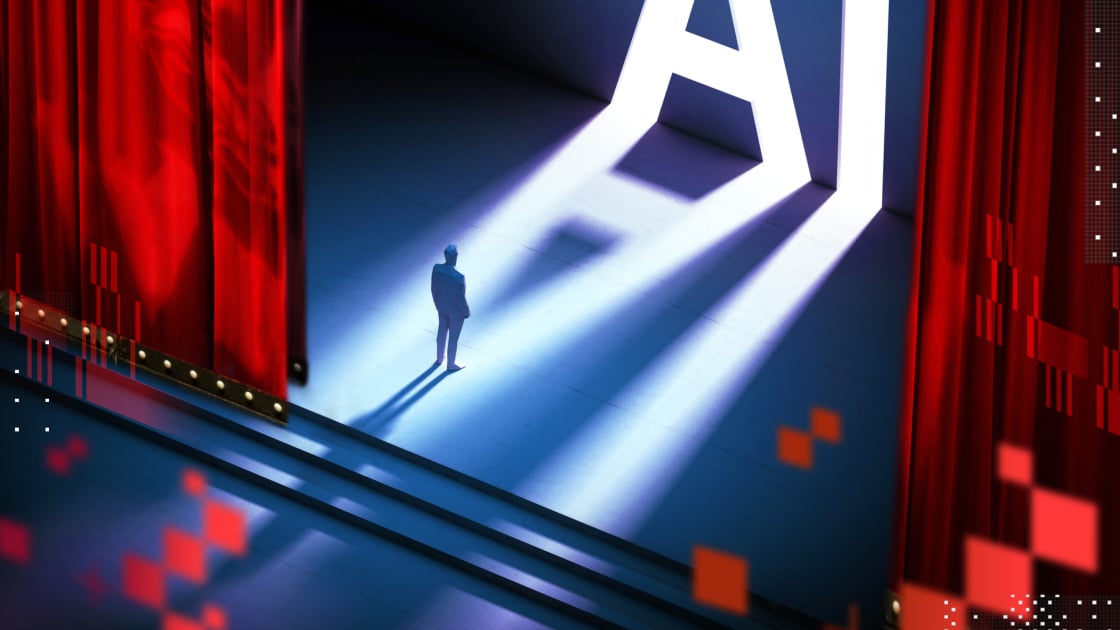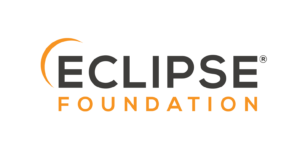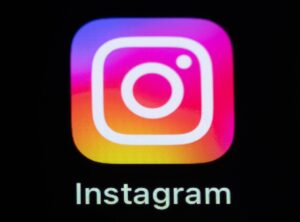I Wrote a Screenplay with AI: Here Are the Results

The Impact of AI on Screenwriting
Writer’s block can be a frustrating experience for screenwriters, often leaving them staring at a blank page and a blinking cursor. In recent years, artificial intelligence (AI) tools have emerged, promising to assist writers in overcoming this creative hurdle. However, this raises important questions: How much of the final screenplay is truly the writer’s work? Can AI-generated content meet the quality standards expected in filmmaking?
Understanding the Technology
As someone with a background in screenwriting and a strong passion for cinema, I recognize the importance of exploring these emerging AI tools. I wanted to see if an AI could create a coherent first draft for a feature-length screenplay while understanding the nuances of storytelling.
Tools for the Task
For this experiment, I enlisted the help of several AI tools:
ChatGPT: A well-known AI language model that can offer creative suggestions, but has a tendency to generate inaccurate or inconsistent content. I used the free version (ChatGPT 3.5) for this test.
Nolan: Specifically designed for screenwriters, this tool allows users to input a title and some basic information to generate script drafts.
- Plotdot: Similar to Nolan, but with options for more detailed control over the screenplay structure.
My Testing Process
To evaluate these tools effectively, I established a three-step process that resembles a basic screenwriting course:
- Generate a one-sentence pitch (logline) for a film concept with ChatGPT.
- Craft a three-act structure outline with ChatGPT’s assistance.
- Develop the screenplay draft using Nolan and Plotdot, analyzing the outcomes.
Crafting the Logline
The logline serves as a concise summary of a film’s premise. Blake Snyder’s book, Save The Cat!, emphasizes that a strong logline should have four essential elements:
- Irony
- A compelling mental picture
- Audience appeal
- An engaging title
For my AI-assisted logline, I opted for a story about a robot pursuing a career in screenwriting. Initially, ChatGPT provided a pitch that was vague and lacked irony. After several attempts and providing feedback, it created a more engaging logline: "In a world where creativity is paramount, a robot strives to break free from its programming and become a screenwriter, prompting a clash of artistic and technological worlds."
Structuring the Three Acts
Successful screenwriting involves structuring the story into three acts with turning points. According to David Trottier’s The Screenwriter’s Bible, each act includes specific critical moments:
Act 1
- The Catalyst: Initiates the story.
- The Big Event: Alters the protagonist’s life and leads to the next act.
Act 2
- The Pinch: Marks a moment of no return for the character.
- The Crisis: Represents a low point in the narrative that necessitates a decision.
Act 3
- The Showdown: The climax involving confrontation.
- The Realization: The character’s growth or transformation.
After using ChatGPT to generate a three-act breakdown, I noted that it produced some intriguing ideas, although it struggled with certain thematic elements, illustrating a disconnect between human creativity and AI-generated suggestions.
Developing the Final Draft
At this point, I moved on to drafting the actual screenplay using Nolan and Plotdot. These tools allow for structured script development, but utilize different methods for generating content.
Using Nolan
With Nolan, I entered the title and the initial logline, along with genre keywords (fantasy and drama). This tool generated a formatted draft, presenting character dialogues and scene headings properly. However, the resulting first draft felt lacking in depth. For example, character traits were underdeveloped, and pacing rushed, reflecting a need for significant editing.
Transitioning to Plotdot
Next, I turned to Plotdot, which aims to provide an organized outline for screenwriters. I let it generate characters and plot developments, leading to a draft that, while mostly usable, contained some formatting errors and lapses in quality. One standout moment was a scene where the robot protagonist daydreams during work, showcasing the tool’s capacity for creativity. Nevertheless, the overall script lacked coherence and strong character arcs, emphasizing the difficulties in crafting a meaningful story without human input.
While AI tools can offer assistance to writers, my experiences highlighted that they are not substitutes for the human creative process. The output, while technically sound, often fell short of establishing genuine emotional resonance, character development, and compelling conflict.
Final Thoughts
The results from this exploration into AI screenwriting tools reveal an ongoing conversation within the writing community about the role of technology in creative processes. AI can aid in generating ideas and structures, but the essence of storytelling remains deeply rooted in human experience and emotion. Writing is ultimately an art form that requires the unique perspectives and insights only a human can offer.






